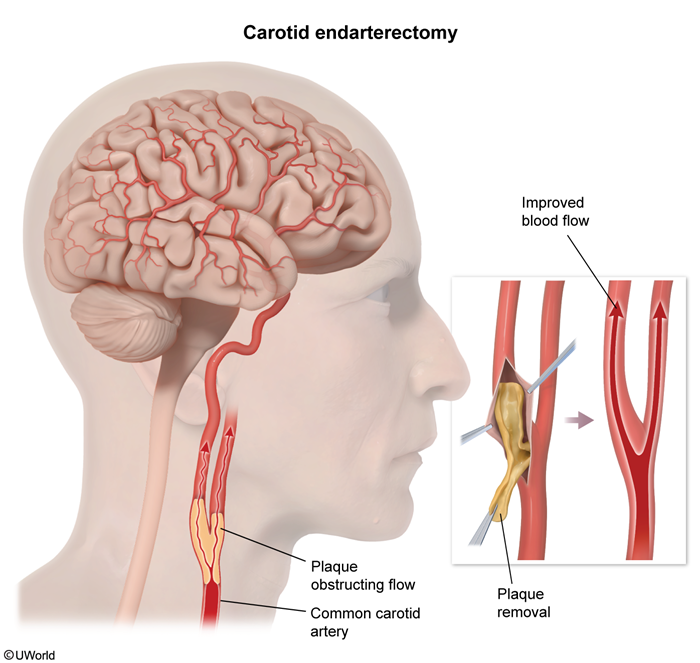Amaurosis Fugax
Article Sections
Introduction
Amaurosis fugax, also known as transient monocular blindness, is a brief episode of vision loss affecting one eye. The most common etiology is a temporary reduction in retinal blood flow due to atherosclerotic emboli from the ipsilateral carotid artery. Although symptoms typically resolve spontaneously in <10 minutes, amaurosis fugax is often a warning sign for future vascular events, such as stroke, making it crucial to recognize and manage promptly.
Pathogenesis
Amaurosis fugax is caused primarily by a transient ischemic attack of the retina, usually due to atherosclerotic emboli originating from the ipsilateral carotid artery. When an embolus occludes an artery supplying the retina (eg, ophthalmic or central retinal artery), hypoxia ensues and results in transient monocular vision deficits. After the embolus is broken up or displaced (spontaneously), retinal perfusion is restored and vision returns, usually within 10 minutes.
Continue Learning with UWorld
Get the full Amaurosis Fugax article plus rich visuals, real-world cases, and in-depth insights from medical experts, all available through the UWorld Medical Library.
Figures
